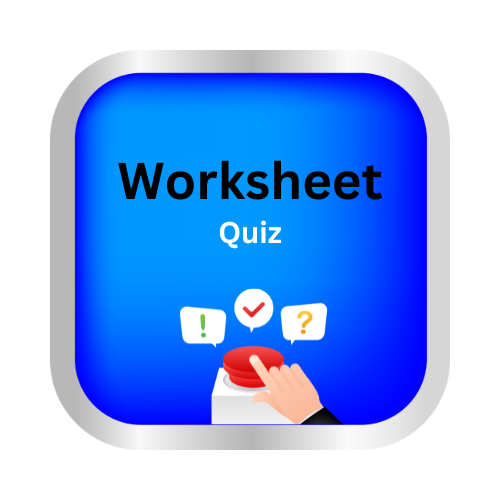Measuring Temperature
measuring temperature by Delta publications
Key Notes :
What is Temperature?

- Temperature is a measure of how hot or cold an object or environment is.
- It indicates the average kinetic energy of the particles in a substance.
Units of Temperature Measurement
- Temperature is commonly measured in degrees Celsius (°C), Fahrenheit (°F), and Kelvin (K).
- Celsius: Used in most countries and in scientific contexts.
- Fahrenheit: Used mainly in the United States.
- Kelvin: Used in scientific research. Absolute zero (0 K) is the point where all molecular motion stops.
Thermometers

- A thermometer is an instrument used to measure temperature.
- Common types:
- Mercury Thermometer: Uses mercury in a glass tube.
- Alcohol Thermometer: Uses colored alcohol.
- Digital Thermometer: Uses electronic sensors for precise readings.
- Thermometers work on the principle that liquids expand when heated and contract when cooled.
How to Read a Thermometer
- Ensure the thermometer is clean and properly calibrated.
- Place it in the area or substance you want to measure.
- Wait for the reading to stabilize before taking the measurement.
Scales of Temperature

- Celsius Scale:
- Water freezes at 0°C and boils at 100°C (at standard atmospheric pressure).
- Fahrenheit Scale:
- Water freezes at 32°F and boils at 212°F.
- Kelvin Scale:
- 0 K (absolute zero) is the lowest possible temperature.
- Water freezes at 273 K and boils at 373 K.
Conversions Between Temperature Scales
- Celsius to Fahrenheit: F = (C × 9/5) + 32
- Fahrenheit to Celsius: C = (F − 32) × 5/9
- Celsius to Kelvin: K = C + 273 . 15
Measuring Body Temperature

- Normal body temperature is approximately 37°C (98.6°F).
- Digital thermometers are commonly used for accurate body temperature measurements.
Uses of Temperature Measurement
- In everyday life: Cooking, checking the weather, measuring body temperature.
- In industries: Controlling manufacturing processes, scientific research, and experiments.
- In medicine: Diagnosing fevers and illnesses.
Precautions While Using Thermometers
- Handle glass thermometers with care as they can break.
- Avoid direct exposure of thermometers to flames or very high temperatures.
- Always clean the thermometer after use.
Real-Life Examples of Temperature Measurement
- Weather stations use thermometers to monitor environmental temperatures.
- Thermostats are used to control the temperature in homes and appliances.
- Laboratories use specialized thermometers for experiments and research.
Let’s practice!

